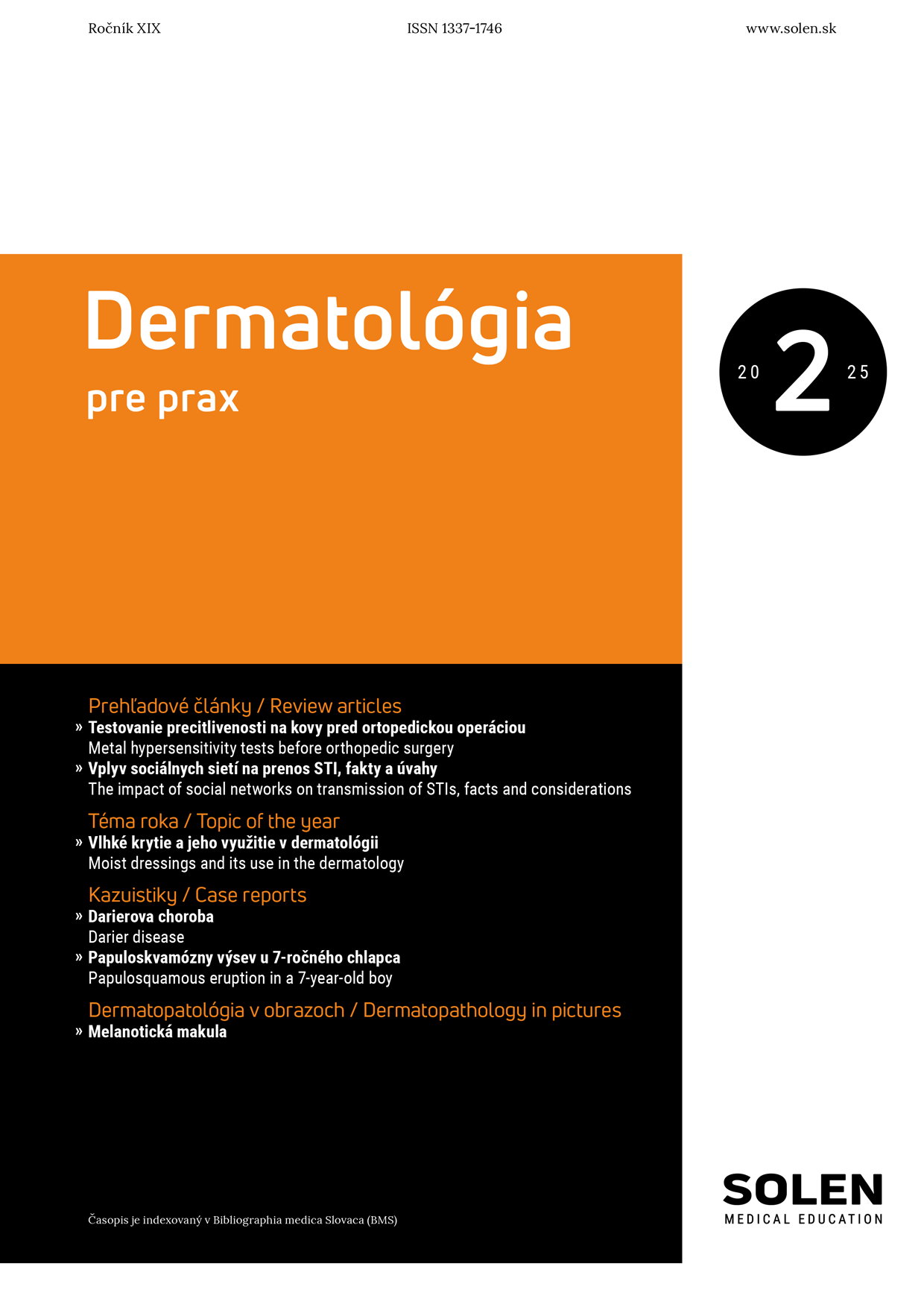Neurológia pre prax 6/2023
Transcranial sonography in Parkinson's disease
Transcranial sonography is one of the modalities of transcranial sonographic examination, which enables to visualize intracranial structures in ultrasound B Mode. Using this examination, it is possible to evaluate changes in echogenicity or dimensions of selected brain structures, e.g. substantia nigra, ncl. raphe, ncl. lentiformis, ncl. caudate, insula, mediotemporal lobe or ventricular system. Thanks to this, transcranial sonography can be used as an auxiliary examination in the diagnosis and differential diagnosis of neurodegenerative and other neurological and psychiatric diseases of the central nervous system. A typical finding in Parkinson's disease is a asymmetric hyperechogenic substantia nigra. Since this sign can be detected many decades before the development of motor symptoms of Parkinson's disease itself, this examination can also be used to determine the risk of developing the disease, especially in combination with other tests.
Keywords: transcranial sonography, ultrasound, Parkinson's disease, substantia nigra, neurodegenerative disease

















